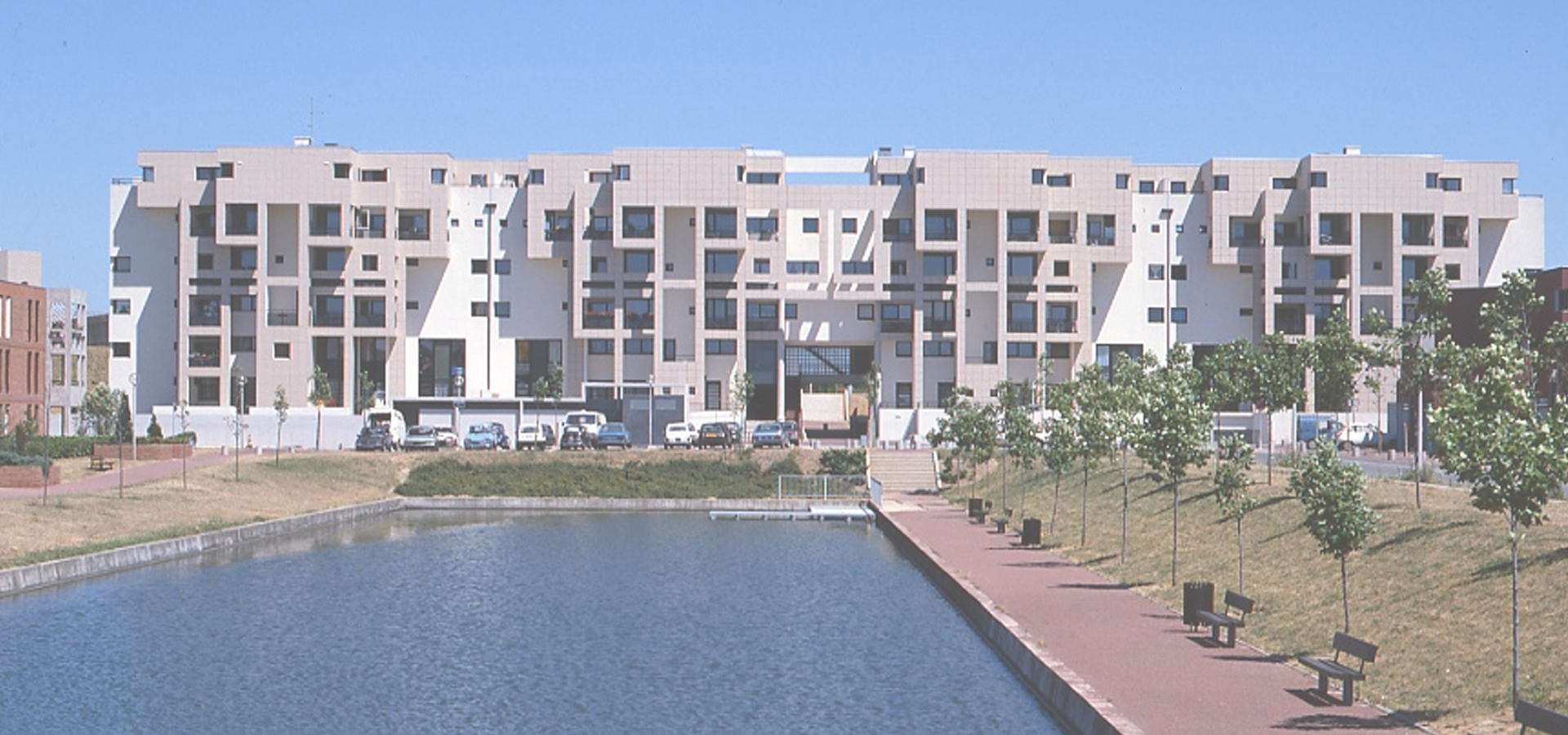Auxerre, Yonne Département, Bourgogne-Franche-Comté, France
🇫🇷 Auxerre is the capital of the Yonne department and the fourth-largest city in in the Burgundy historical region south-east of Paris.
Geography Auxerre lies on the river Yonne and the Canal du Nivernais, about 150 km south-east of Paris and 120 km north-west of Dijon. The A6 autoroute (Paris–Lyon) passes north-east of the city. Auxerre-Saint-Gervais station has rail connections to Dijon, Paris, Corbigny and Avallon.
History Auxerre was a flourishing Gallo-Roman centre, then called Autissiodorum, through which passed one of the main roads of the area, the Via Agrippa (1st century AD) which crossed the Yonne (Gallo-Roman Icauna) here. In the third century it became the seat of a bishop and a provincial capital of the Roman Empire. In the 5th century it received a cathedral. In the late 11th-early 12th century the existing communities were included inside a new line of walls built by the feudal counts of Auxerre.
Bourgeois activities accompanied the traditional land and wine cultivations starting from the twelfth century, and Auxerre developed into a commune with a Town Hall of its own. The Burgundian city, which became part of France under King Louis XI, suffered during the Hundred Years' War and the Wars of Religion. In 1567 it was captured by the Huguenots, and many of the Catholic edifices were damaged. The medieval ramparts were demolished in the 18th century.
In the 19th century numerous heavy infrastructures were built, including a railway station, a psychiatric hospital and the courts, and new quarters were developed on the right bank of the Yonne.
Until the early 20th century, Auxerre was one of the most prosperous cities in the department. But the local authorities of that period refused the railway that was subsequently set in the village of Migennes, and signed the economic decline of the town.
Tourist Industry • Cathedral of St. Étienne (11th–16th centuries). In Gothic style, it has three doorways with bas-reliefs. There are stained-glass windows in the choir and the apsidal chapel. The 11th-century crypt houses the remains of the former Romanesque cathedral. • Abbey of Saint-Germain, existing from the 9th century. The crypt has some of the oldest mural paintings in France, and houses the tomb of the bishops of Auxerre. There is a chapter room (12th century), a cellar (14th century) and a cloister (17th century). • The Clock Tower, in the Old Town • The church of St. Pierre en Vallée (17th–18th centuries), established over a 6th-century abbey. In late Gothic style, it has a tower similar to that of the cathedral. Portions of the decorations and inner chapels were financed by local winegrowers. • Church of St. Eusèbe, founded in the 7th century. The nave was rebuilt in the 13th century, while the tower is in Romanesque style.
Specialties • Gougère – baked choux pastry made of dough mixed with cheese. • Kir – a traditional aperitif mixed drink from Burgundy wine (traditionally Bourgogne Aligoté) and blackcurrant liqueur. • Bœuf bourguignon – a typical main dish made of beef and vegetables. • Truffe bourguignonne – truffles from Burgundy.
Regional wines • Chablis wine: a white wine made exclusively of Chardonnay in the Chablis AOC • Saint-Bris AOC: the only white wine in Burgundy made of Sauvignon grapes, especially Sauvignon blanc and Sauvignon gris • Irancy: a red wine from the surrounding area made of Pinot noir • Bourgogne côte d'Auxerre: belonging to the Burgundy AOC (wine), it is made of Chardonnay for the white wine and Pinot noir for the red. • Crémant de Bourgogne: sparkling wine following the tradition of Champagne, Crémant de Bourgogne has a strong production in and around Auxerre. • Bourgogne Aligoté: dry wine. Aligoté is the second most popular grape variety grown in Burgundy after Chardonnay.
The whole region of Burgundy produces over 200 million bottles per year.
Europe/Paris/Essonne

Auxerre has a population of over 113,000 people. Auxerre also forms the centre of the wider Yonne Département which has a population of over 340,544 people.
To set up a UBI Lab for Auxerre see: https://www.ubilabnetwork.org Twitter: https://twitter.com/UBILabNetwork
Twin Towns, Sister Cities Auxerre has links with:
🇮🇹 Greve, Italy 🇮🇹 Greve in Chianti, Italy 🇵🇱 Płock, Poland 🏴 Redditch, England 🇫🇷 Roscoff, France 🇫🇷 Saint-Amarin, France 🇩🇪 Worms, Germany🇦🇹 Wiener Neustadt 47.8
🇫🇷 Château-Gontier-sur-Mayenne 47.82
🇺🇦 Zaporizhzhia 47.833
🇺🇦 Zaporizhia 47.833
🇩🇪 Weilheim in Oberbayern 47.833
🇦🇹 Eisenstadt 47.846
🇧🇪 Oudenaarde 3.6
🇳🇱 Middelburg 3.617
Locations Near: Auxerre 3.5655,47.7972
🇫🇷 Avallon 3.902,47.492 d: 42.3
🇫🇷 Troyes 4.074,48.298 d: 67.3
🇫🇷 Provins 3.304,48.563 d: 87.3
🇫🇷 Montereau-Fault-Yonne 2.951,48.385 d: 79.8
🇫🇷 Montargis 2.733,47.998 d: 65.9
🇫🇷 Nevers 3.162,46.987 d: 95.1
🇫🇷 Seine-et-Marne 3,48.6 d: 98.6
Antipodal to: Auxerre -176.435,-47.797
🇹🇴 Nuku'alofa -175.216,-21.136 d: 17048.5
🇦🇸 Pago Pago -170.701,-14.279 d: 16250.7
🇼🇸 Apia -171.76,-13.833 d: 16213.7
🇵🇫 Papeete -149.566,-17.537 d: 15858.3
🇺🇸 Hilo -155.089,19.725 d: 12210.6
🇺🇸 Maui -156.446,20.72 d: 12139.1
🇺🇸 Maui County -156.617,20.868 d: 12127.5
🇺🇸 Wailuku -156.505,20.894 d: 12121.9